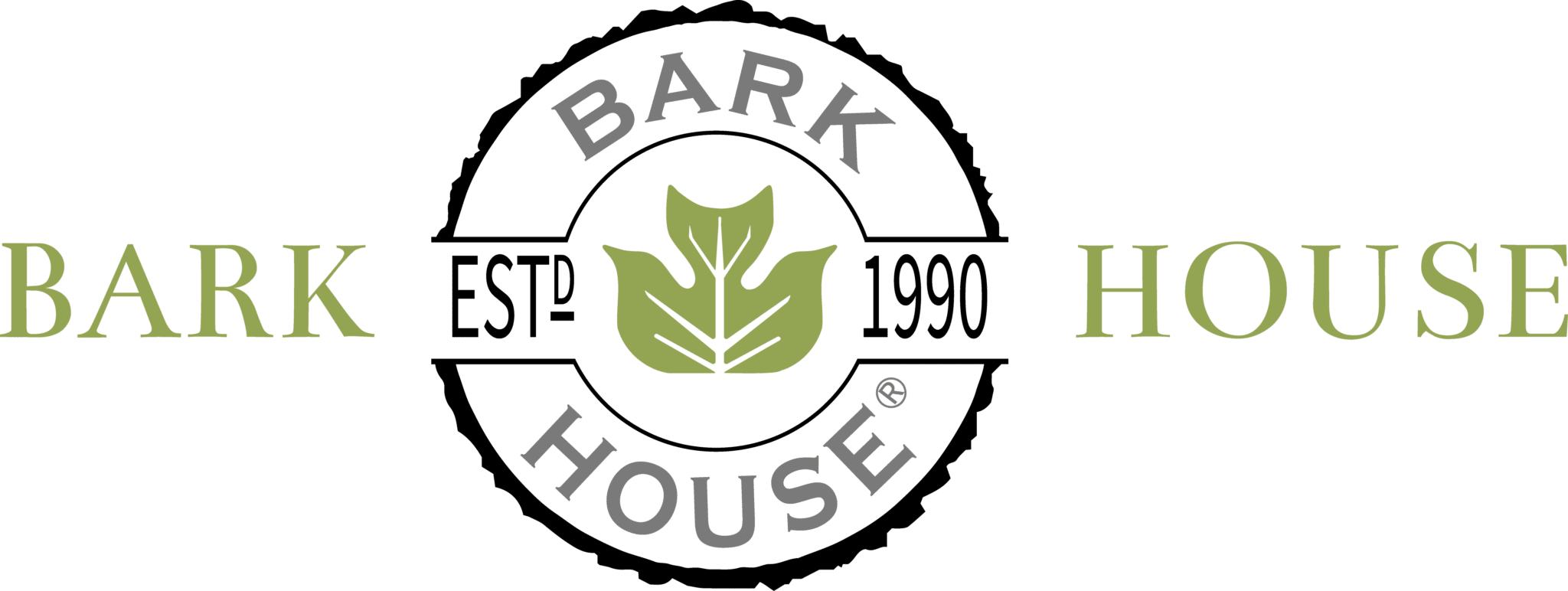We Can Do Better Than Sustainable Building Materials
For those seeking better than sustainable materials, the good news is that regenerative materials are here!
Everyone seeks to be better or do better or give better. We also want the power of our investments to produce better outcomes. The promise that sustainability would produce “better” has stalled in recent years. Sustainability is defined as “the ability to be maintained at a certain rate or level” and therefore offers no hope of ongoing improvement, development or maturity.
Regenerative design, on the other hand, offers a whole-systems process that engages a revitalization of energy sources and materials. In other words, better materials and products that are good for whole ecosystems.
Manufacturers of materials and products have usually approached sustainable building materials as an add-on feature or separate initiative. Efforts to use sustainable building materials typically have been vetted and directed by a special department dedicated to achieving defined sets of input-oriented goals. These efforts have been ramped up when budgets support them, and then when budgets become tight, goals are relaxed. This is not only disheartening to the clients of architects, designers, builders and manufacturers, but devastating to employees who are intent to make a real difference in the world.
What Is Regenerative And Why Is It Better?
In contrast to sustainability, regenerative practice begins when a company is formed or by undergoing a major transformation. A regenerative potential is formed in which all aspects of the company are focused on achieving outcomes related to the company’s core work. Every department, including finance, is working together for its achievement. As an example, Bark House aims to improve Appalachian forests and the core qualities of the people working and living in them. We have invested years understanding the essential nature of this place, and continue to do so. This potential will be approached through our sourcing, manufacturing and selling practices. It conveys an overarching, multilevel, multi-stakeholder framework based on the informed understanding of our place in the Blue Ridge Mountains with a reach to worldwide clients.
A goal for a manufacturer of sustainable materials may be to reduce waste, to decrease carbon outputs or to use less water. These are good goals to have, but in the words of Bill Reed of Regenesis Group, “They are not enough.” Enacting similar but more developed goals through the methodology of regenerative practice, Bark House produces products that are better:
Reducing Forestry Waste
We start with forestry waste. Bark House poplar wall coverings naturally biodegrade at the end of use to build clean soil. They hold more carbon in the built environment than all of our manufacturing produces, accounting for all processes back to our tier-one vendors.
Our manufacturing process for these products uses zero water, and our participation in stream bank restoration and clean-ups supports healthy watersheds. Further, the work of our loggers has a lighter impact in the forest, so streams are protected. We encourage land-owners to develop and maintain land management plans. We teach best practices, encourage logger certification and provide free training in the proper procurement of bark material.
Regenerative Sourcing and Manufacturing
Our purchase of raw materials is exclusive to the Appalachian region, where financial challenges are rampant for the local population. Sourcing and manufacturing in the same location mean that people can hold us directly accountable for our impacts. The purchase of these materials increases the logger’s income for a tree three-fold.
The materials we use are either red-list free, in the case of our unlaminated building products, or can be specified to be so, in the case of laminated building products.
Land-owners, loggers and employees are supported to retain and develop their connection to nature – that is inherently important to them and to us.
How We’ve Gone Beyond Sustainable Building Materials
The outcomes Bark House has achieved may be hard to believe. We maintained environmental and social certifications for 10 years. We maxed out the strategies, earning the first Cradle to Cradle PLATINUM Certification and B Corp Best for the World Awards.
The certification strategies verified the inputs of our work, but we wanted to focus on the outcomes. Further, we want to enact verification strategies at the source of our work that reflect shared value and benefit to the environment and the people who are touched by our processes. This includes our clients. Our work manufacturing regenerative materials and products is aimed to produce regenerative benefits, and to go beyond projects that embody sustainable architecture.
We are looking to achieve monumental outcomes and working to align fitting partnerships. We invite you to follow our progress, to support the goals we share in common and to participate in regenerative development. We are excited to see what you create!
